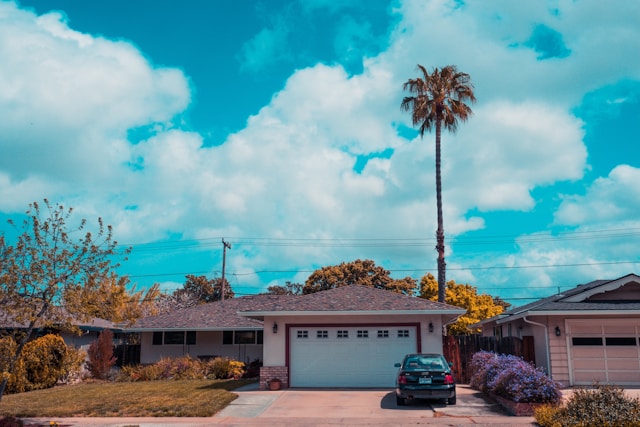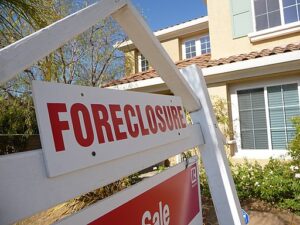Crafting a comprehensive article about calculating garage door repair costs involves outlining a structured approach to evaluate the various aspects influencing the final expense. This guide will navigate through five crucial steps to provide homeowners and professionals alike with a clear understanding of the factors that contribute to the cost of garage door repairs.
Garage doors are integral components of a home, offering security and convenience. However, like any mechanical system, they are prone to wear and tear, and eventually, repairs become necessary. The cost of these repairs can vary widely, depending on the nature and extent of the damage, the type of garage door, and the rates charged by professionals. Understanding how to calculate these costs can help homeowners budget accordingly and make informed decisions about repairs or replacements.
Table of Contents
1. Assess the Damage
The first step in calculating the repair cost is a thorough assessment of the damage. Different issues require different solutions, which can significantly impact the price. Common garage door problems include:
- Broken springs: Garage doors use either torsion or extension springs to operate. The cost of repair will depend on the type of spring and the extent of the damage.
- Malfunctioning opener: If the garage door opener is not working, the repair could range from a simple adjustment to a complete replacement.
- Damaged panels: Depending on the material (wood, steel, aluminum, or fiberglass), replacing or repairing a damaged panel can vary in cost.
- Off-track doors: Doors that have come off their tracks might only need adjustment, but severe cases could require hardware replacement.
2. Consider the Type of Garage Door
The type of garage door you have can significantly affect the repair cost. Standard sectional doors are typically less expensive to repair than carriage doors or custom models. Additionally, the material of the door (wood, steel, aluminum, or fiberglass) can influence the cost, as some materials are more expensive to work with than others.
3. Get Multiple Quotes
Once you have identified the issue, it’s wise to seek multiple quotes from professionals. This step is crucial for a few reasons:
- Cost comparison: Getting various estimates helps ensure you’re getting a fair price.
- Service evaluation: It allows you to assess the professionalism and reliability of different repair services.
- Warranty and guarantees: Some providers offer warranties on parts or labor, which can be a deciding factor.
4. Factor in Additional Costs
When calculating the total cost of repair, don’t forget to include additional expenses that might not be obvious initially. These can include:
- Service fees: Some companies charge a service fee just to visit your home and assess the problem.
- Emergency service premium: If you need immediate repairs outside of normal business hours, you might have to pay extra.
- Replacement parts: High-quality parts may come at a premium but can offer better longevity and performance.
5. Consider Long-Term Solutions
In some cases, the cost of frequent repairs might justify the expense of a new garage door. Modern garage doors offer improved security and energy efficiency and can enhance the aesthetic appeal of your home. When faced with a costly repair, consider whether investing in a new door might be a more economically sound decision in the long run.
Conclusion
Understanding the nuances involved in calculating the cost of garage door repairs is essential for homeowners seeking to maintain their homes efficiently and cost-effectively. This process, starting from a detailed assessment of the damage to considering long-term solutions, requires a thoughtful approach that balances immediate needs with future considerations.
In the journey of managing these repairs, homeowners are advised to adopt a proactive stance. Regular maintenance and timely attention to minor issues can prevent them from escalating into more significant, costly problems. Engaging with reputable professionals who provide transparent quotes and high-quality services is also crucial. This not only ensures that you get fair pricing but also contributes to the longevity and reliability of your garage door system.
Furthermore, the decision-making process should always include a cost-benefit analysis regarding repairs versus replacement. In an era where technology and materials are continuously evolving, newer garage door models offer advancements in security, energy efficiency, and design that could significantly enhance your home’s value and appeal. Thus, when faced with a substantial repair bill, homeowners should consider whether the investment in a new door could offer better returns in terms of functionality, aesthetics, and overall satisfaction.
Lastly, the community of homeowners and professionals plays a vital role in this ecosystem. Sharing experiences and recommendations can help others navigate the complexities of garage door repairs more effectively. Online forums, social media platforms, and neighborhood discussions are excellent resources for insights and advice.
In conclusion, while the task of calculating garage door repair costs might seem daunting at first, a structured approach focusing on thorough assessment, careful selection of service providers, and strategic long-term planning can greatly simplify the process. By embracing these principles, homeowners can ensure that their garage doors continue to serve as a secure, functional, and attractive component of their homes for years to come.
Featured Photo by Jose Rago on Unsplash




